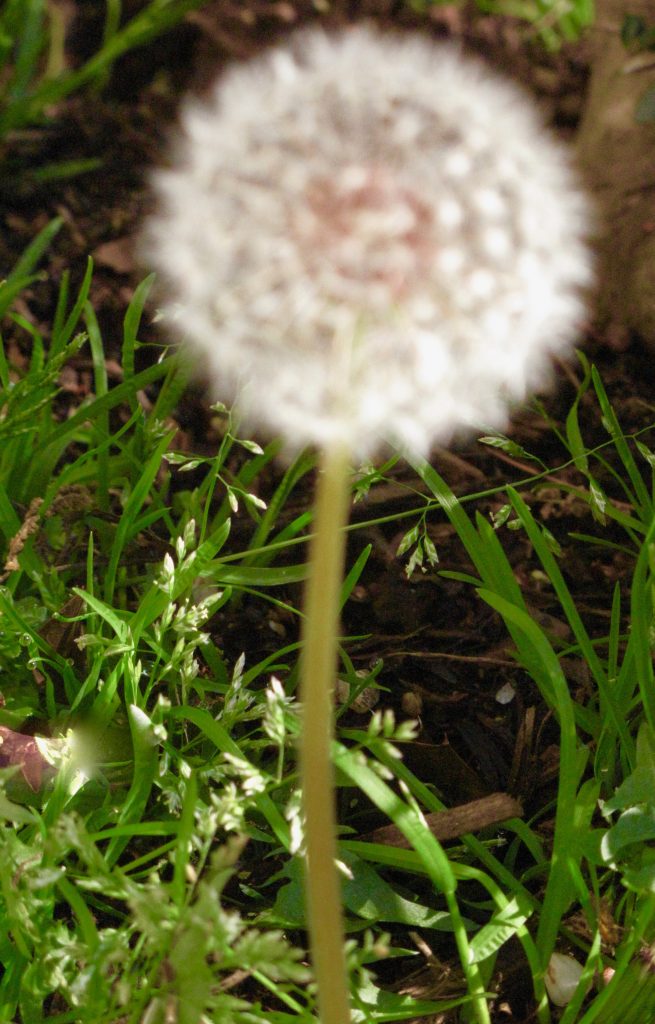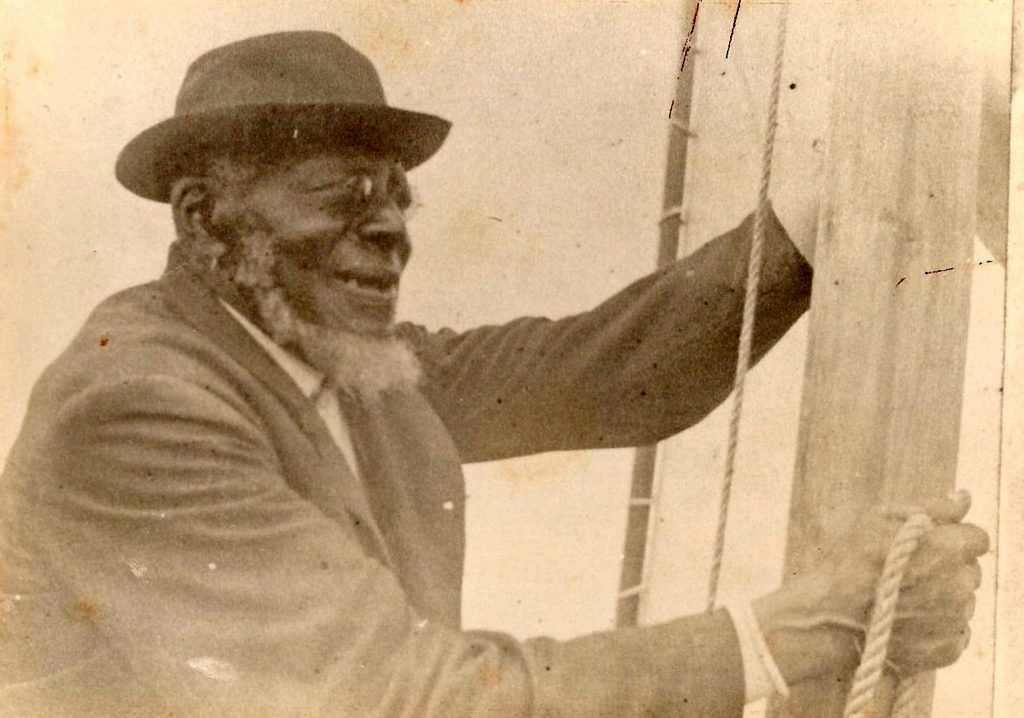
Friday, May 14
Yesterday we went on our most extensive outing since the March trip into the city to get vaccinated. We traveled all the way to Bridgehampton to visit two garden stores, then on to Sag Harbor for ice cream and a walk along the town’s Main Street.
Many plants have come and gone from our yard since we first came to the East End. So I decided that our relatively new twig fence in the front could do with a trailing rose bush or two. But other plants have grown taller, limiting the sunshine that hits the front area. Roses demand lots of rays—so in the end, we decide to make do with only one bush. It is a Cherry Frost Climbing Rose. Easy care, superior disease resistance, repeat blooms from spring until frost, small clusters of double red roses. I will endeavor to plant it today, despite my arthritis-wracked shoulders.
I also got a bag of grass seed, and boy is it pricey. The rose bush, fertilizer, and Liquid Fence deer repellent cost a total of $85.70. The grass seed and a hoe ran to $135.76.
Deer repellent! In spite of the roses’ thorns the deer will eat it, said the very informative salesperson at Marders in Bridgehampton. So apply deer repellent immediately and regularly—maybe even before leaving the store, he said with a straight face.
He was full of information and warnings regarding the rose bush. He seconded our concern about sunshine, said the rose bush should be watered only two or three times a week, and we shouldn’t get water on the leaves, only on the ground. (Do these plants come with a child care subsidy?) Fertilizer should be doled out regularly but sparingly. The plant shouldn’t come to expect fertilizer as a right, but that it must produce blooms in order to get a reward. Think “teenager with chores and an allowance.”
Sag Harbor wasn’t bustling but it was a Thursday afternoon. Unlike your average Manhattan block, there weren’t any empty storefronts on Main Street. Three restaurants and the supermarket appeared busy enough. The old and quaint movie theater was gutted by a fire a few years back. Now, it has been restored as a cineplex and appeared more or less open for business, showing artsy films and offering a spiffy cappuccino bar out front. That was certainly never there in the old days, when the theater had only one large auditorium which stank from a combination of mildew and heating-oil fumes.
Everyone we saw in town was suitably masked-up. Although people are quite prepared to call the pandemic thing quits, it’s not really time to do so, whatever the CDC says. One friend from our NYC building reports that he got his shots despite the cancellation of his first appointment. Then, he attended a wedding held in the lobby of our building. Afterwards, it turned out that one member of the party had COVID—and had failed to tell anyone. So everyone had to be quarantined.
Dinner: Avgolemono soup and a salad.
Entertainment: episodes of Netflix’ surprising and darkly humorous Turkish drama Fatma, in which a house-and-office cleaner turns assassin.


